
Even in the twisted milieu of pulp illustration, Lee Brown Coye was an outlier. His was not a world of square-jawed detectives or musclebound Tarzan manqués, nor was he one to luridly but lovingly render the adipose flesh of reanimated dead in colorful gouaches. Coye did ten darkly expressionistic covers for Weird Tales between the mid ‘40s and early ‘50s, in dolefully subdued shades that emerged from dense, nihilistic black fields to coalesce into nightmarish wraiths. It was strong stuff that recalled Emil Nolde and Georges Roualt, and even if he’d never done anything else, those covers and his black and white interior work for that publication surely would have made him the cult figure who inspired Mike Mignola, Guillermo del Toro, and Stephen King. But there were also his macabre black and white ink drawings that graced book covers for the likes of Arkham House and Farrar & Reinhart. Coye secured his reputation with his work for the Sleep No More anthology before going on to produce definitive covers for H.P. Lovecraft works like The Dunwich Horror, At the Mountains of Madness, and perhaps his masterpiece, his work on Three Tales of Horror, which sports 19 Coye illustrations, all more than sufficiently disquieting to merit accompanying Lovecraft’s dark mythos.
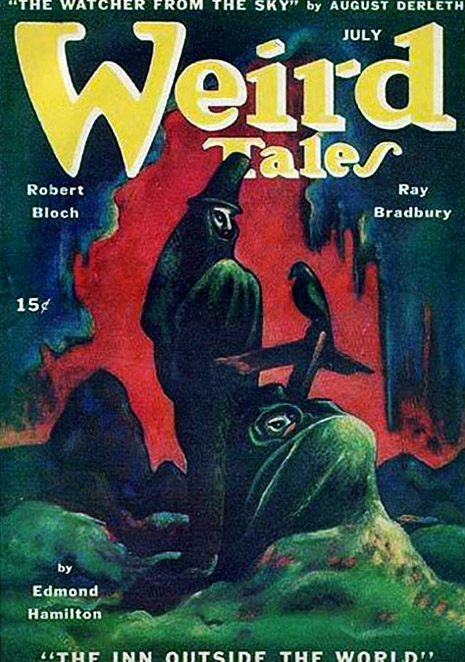
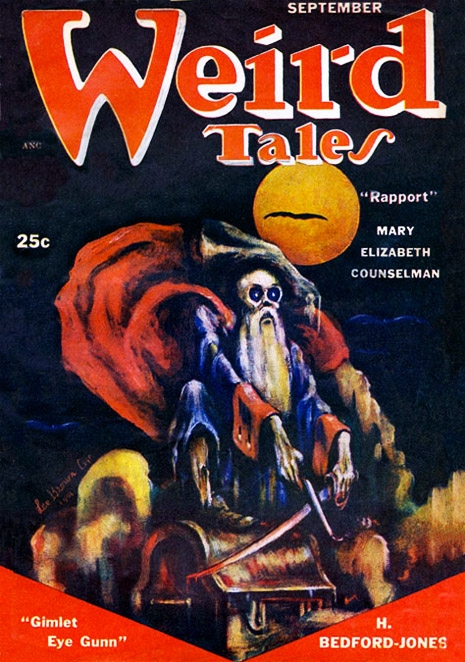




Lee Brown Coye was a gregarious man, fond of talk and drink and late hours in his studio, with a voracious intellectual curiosity. His weird art was a tiny portion of his body of professional work, which included sculpture, jewelry making, painting, murals and book and magazine illustrations, but it is his uncanny art that he is remembered for—with good reason. Yet despite his large oeuvre, he always struggled financially; late in life, Coye felt beaten down by the travails of being a professional artist. In mid-career he abandoned illustration to concentrate on jewelry making and sculpture. Late in his career, he made an enthusiastic return to horror illustration after a long interval.
That’s from Coye biographer Luis Ortiz’s foreword to the new book Pulp Macabre: The Art of Lee Brown Coye’s Final and Darkest Era, which collects Coye’s pen-and-ink work from that late-career rekindled interest in horror he experienced in the ‘70s (he passed in 1981). Most of these works had only seen the light of day in rare and obscure outré zines and digests like Whispers.



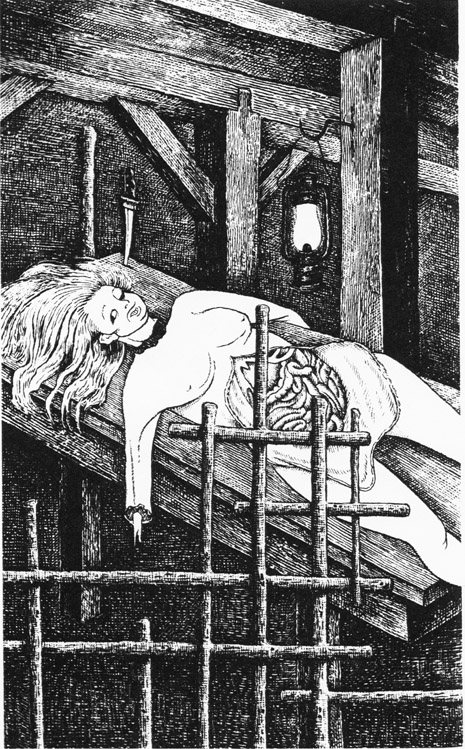
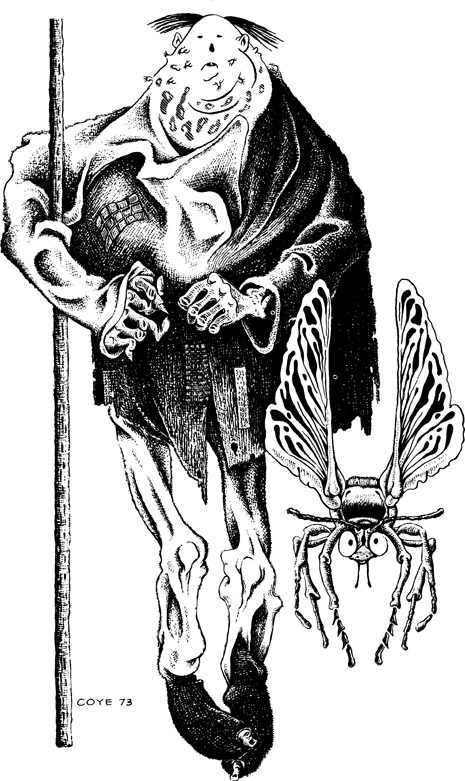
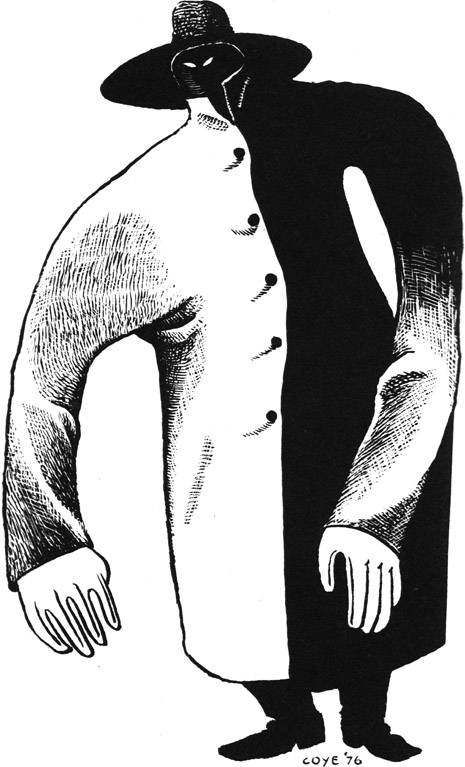
Previously on Dangerous Minds
‘Amazing Stories’: The bizarre-o pulp science fiction artwork of Frank R. Paul
The marvelous cover art of the early ‘Star Trek’ comic books